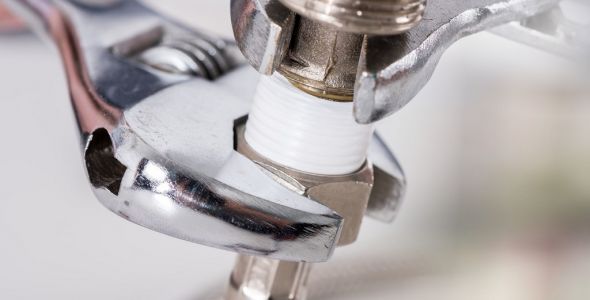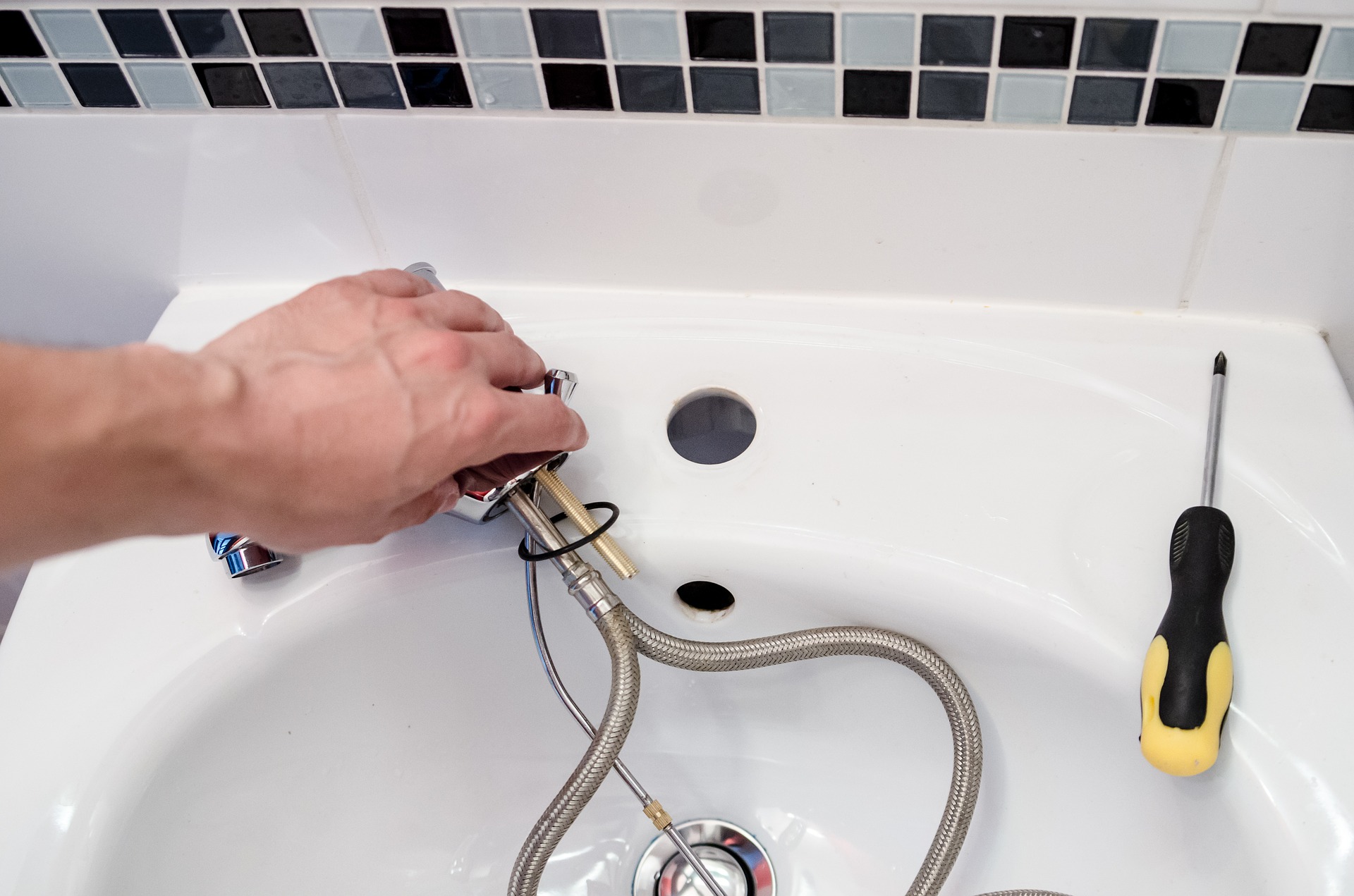Mastering Pipe Winterization: 5 Key Hacks to Use in Frigid Temperatures
Mastering Pipe Winterization: 5 Key Hacks to Use in Frigid Temperatures
Blog Article
Have you been trying to find facts and techniques concerning Prevent Freezing and Bursting Pipes?

All house owners that live in warm environments need to do their finest to winterize their pipelines. Failing to do so can mean disaster like icy, broken, or ruptured pipelines.
Try a Hair Clothes Dryer or Heat Weapon
When your pipes are nearly freezing, your reliable hair dryer or warmth weapon is a godsend. If the hot towels do not assist remove any type of resolving ice in your pipelines, bowling hot air straight right into them might help. You might finish up damaging your pipes while attempting to melt the ice.
Open Up Cupboard Doors Hiding Plumbing
It would certainly be valuable to open up cabinet doors that are concealing your pipelines when it's cold outside. They might be someplace in your cooking area or bathroom. This will enable the cozy air from your heating unit to distribute there. Because of this, you avoid these subjected pipes from freezing. Doing this small trick can maintain your pipes cozy and restrict the potentially dangerous end results of freezing temperatures.
Take Some Time to Wrap Exposed Water Lines
One very easy and great hack to warm up cold pipes is to wrap them with warm towels. You can cover them initially with towels. After securing them in place, you can put boiling water on the towels. Do it slowly to allow the towels soak up the fluid. You can likewise use pre-soaked towels in hot water, simply do not neglect to put on safety gloves to safeguard your hands from the heat.
Turn On the Faucets
When the temperature declines and it appears as if the icy temperature level will certainly last, it will help to activate your water both indoors and outdoors. This will certainly keep the water moving through your plumbing systems. In addition, the movement will certainly reduce the freezing procedure. Significantly, there's no need to transform it on full blast. You'll wind up squandering gallons of water in this manner. Instead, aim for about 5 decreases per min.
When Pipes are Frozen, close Off Water
If you observe that your pipes are completely frozen or nearly nearing that stage, turn off the major water shutoff immediately. You will usually find this in your cellar or laundry room near the heater or the front wall closest to the street. Transform it off right away to stop additional damages.
Don't neglect to close exterior water sources, also, such as your hookup for the yard house. Doing this will certainly stop additional water from filling your plumbing system. With even more water, even more ice will certainly load up, which will eventually lead to rupture pipes. It is best to call a specialist plumber for an evaluation if you are uncertain about the state of your pipes this winter. Taking this proactive strategy can conserve you thousands of bucks out of commission.
All house owners that live in pleasant environments have to do their ideal to winterize their pipelines. Failing to do so can lead to catastrophe like frozen, broken, or burst pipes. If the warm towels do not assist dislodge any kind of resolving ice in your pipelines, bowling hot air straight into them might help. Transform off the primary water shutoff right away if you notice that your pipelines are completely frozen or virtually nearing that stage. With more water, more ice will certainly pile up, which will ultimately lead to burst pipelines.
PREVENT YOUR PIPES FROM FREEZING THIS WINTER
A Leading Cause of Property Damage
When the weather is taking a deep nose dive into the cold dreary days, the risk of your pipes freezing and potentially bursting skyrockets. Unfortunately, during these cold dreary months, burst pipes are the most common denominator for property damage. The pipes that are most at the risk are those that are in areas where it is most cold in your home. For instance, pipes located in interior places such as basements, attics, and your garage. Unfortunately, that doesn’t mean that the pipes running through your cabinets or exterior walls can’t freeze. Good news, however, is that you can do things to help prevent pipes from freezing.
How to Prevent Pipes From Freezing
Once the temperature starts to drop during the winter, you should be taking the proper measures needed to ensure that your pipes stay warm and that there is circulation of water through them. Some steps that experts may recommend could go against your better judgement when it comes to saving water and heat. However, it would go without saying that when expenses are compared, damaged pipes could put a bigger dent in your wallet than a water bill.
What Can I Do?
Keep your garage door closed. This is very important, especially if you have water supply lines running through your garage. Open your kitchen and bathroom cabinets to allow warm air to circulate through them. Allow air circulation throughout your home. Keeping the interior doors open will once again allow the warm air to circulate inside your home. Ensure your thermostat is running the same temperature throughout the night and day. If you plan to be away from home during the cold months, set your temperature no lower than 55° F. This should provide enough heat to keep the pipes warm and prevent any remaining water inside the pipes from freezing. For more of a long-term solution, add insulation to attics, basement, and other crawl spaces around your home. By allowing your faucet to drip, it will alleviate pressure in the system. This is important because the pressure that is created between the blockage and the faucet can potentially cause the pipes to burst. Allowing the faucet to drip will prevent the pressure from building up, therefore keeping the pipes from bursting. Seal any cracks, openings, and crawl spaces around your home to prevent cold air from coming inside. This keeps your pipes-not to mention your home-warmer and less susceptible to issues caused by freezing temperatures. For the pipes in your home that are easily accessible, applying electrical tape to them might prevent them from freezing over. This is a quick fix, as you can apply the tape directly to the pipe. There are two options for heating tapes. One turns on and off by itself when it senses heat is needed. The other type of heating tape needs to be applied when heat is needed and removed when not necessary. If you have exposed pipes in your home, you can check this website to take a look at a few options that would be available at a shop near you.

I stumbled upon that article about How to Prevent Frozen Pipes when scouting around the internet. In case you enjoyed our blog post please do not forget to pass it around. Kudos for your time. Kindly check up our site back soon.
Browse Website Report this page